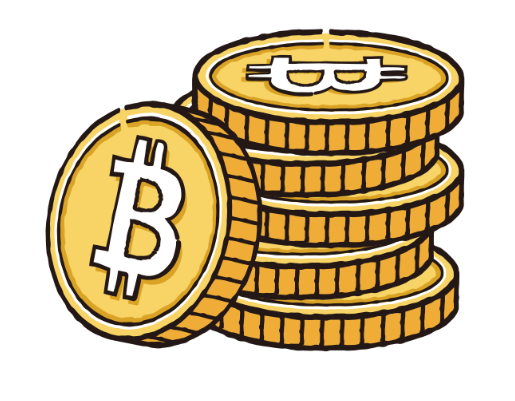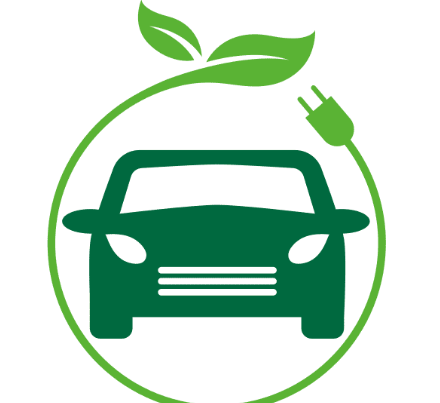
Goods and Services Tax (GST) is a broad-based tax of 10% on most goods, services and other items sold or consumed in Australia.
When is GST charged?
GST is charged at each stage of the supply chain and is included in the price of goods and services provided by registered businesses.
GST is charged on all sorts of things, including sale of goods, lease of premises, hire of equipment, and services like providing advice. These are known as ‘taxable sales’.
Registering for GST
Your business must be registered for GST if the turnover of the business meets or exceeds the ‘registration turnover threshold’ which is currently $75,000 per year. If turnover is below $75,000 then registering for GST is optional.
You must have an Australian Business Number (ABN) to register for GST and both can be applied for using the same application form provided by the ATO. If you already have an ABN, you can register your business for GST using a separate application form. The ABN will be the GST registration number.
How GST works
Basically, if you are registered, or required to be registered for GST, you include GST in the price of most goods and services you sell to your customers, and claim credits for the GST included in the price of your own business purchases.
Here’s an example:
Jack is in the business of producing timber. He sells some timber to a furniture manufacturer for $110. He keeps $100 and pays $10 GST to the ATO.
The furniture manufacturer builds a table and sells it to a furniture retailer for $220 including GST of $20. The manufacturer can claim a credit for the $10 GST included in the price of the timber, and offsets that $10 against the $20 collected on the sale of the table to the retailer. He then pays the $10 GST to the ATO.
Anne goes shopping and buys the table from the furniture retailer for $330 including $30 GST. The retailer can claim a credit for $20 GST included in the price he paid to the manufacturer, and offsets that $20 against the $30 GST collected on the sale of the table. He then pays the $10 to the ATO.
In total, the ATO has been paid $30 GST.
Anne, the consumer, bears the $30 GST included in the price paid to the retailer.
So, although GST is paid at each stage of the supply chain, the businesses themselves do not bear the economic cost of the tax. The cost of GST is borne by the final consumer, since consumers cannot register for GST and cannot claim GST credits.
Tax invoices
When you make taxable sales, you need to provide valid tax invoices to your customers. Likewise, you should receive tax invoices when you make purchases for your business, so that you can claim tax credits.
A tax invoice must comply with GST law which means it needs to include certain information, depending on the price of the sale.
Tax invoices for taxable sales totalling less than $1,000 must include:
- The words ‘tax invoice’ stated prominently
- The seller’s name
- The seller’s ABN
- The date the tax invoice was issued
- A brief description of the items sold
- The GST-inclusive price of the taxable sale
- The GST amount – this can be shown separately, or if the GST is exactly 10%, as a statement such as ‘Total price includes GST.’
Tax invoices for taxable sales that total $1,000 or more must include the same items above, but also include:
- The buyer’s name
- The buyer’s address or ABN
- For each description, the quantity of the goods or the extent of services sold
A customer can ask you for a tax invoice if you haven’t provided one, and if so, you should provide one within 28 days of their request.
Accounting for GST
Registered businesses are required to pay the GST they collect to the ATO on a regular basis; either monthly, quarterly or annually depending on the type of business and its annual turnover. This reporting period is known as the ‘tax period’.
As illustrated in the above example, the total amount paid to the ATO is reduced by the amounts of GST credits claimed for things purchased for the business. Reporting and paying tax is done through a Business Activity Statement (BAS) and is lodged with the ATO at the end of each tax period.
Business that are not registered for GST (and are not required to be registered) do not include GST in the price of goods sold or services provided, and credits for GST cannot be claimed for any GST included in the price of things purchased for the business. However, business expenses, including GST, can be claimed as an income tax deduction on your personal tax return.
Your Action Plan:
- If necessary, register your business for GST.
- Make it a practice to issue all customers with a valid tax invoice
- Keep all tax invoices you receive from suppliers to claim tax credits
- Read the guide to GST for Small Businesses available on the ATO’s website.
Contact your business advisor today for assistance with this Action Plan!



